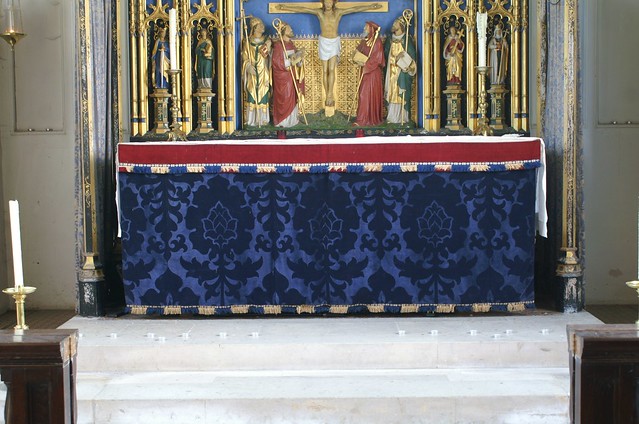Some of you like
stories, history, and trivia. Others of you like to cut to the chase. If you
are the latter, skip to the second section of this article…
A Thousand Years of
Background.
 |
| A Map of Sarum/Salisbury Enagland, c. 485 CE |
After the great and slow decay of Rome, Europe fell into a
time sometimes called the ‘Dark Ages’. Contemporary historians now realize that
these were dark times for Europe but not necessarily for the rest of the world,
so ‘Middle Ages’ is often used more frequently. Nevertheless, these were dark
times for Europe. Infrastructure, learning, technology, economic security, and relative
safety had collapsed. Into this collapse the Church stepped in. In particular,
monasteries took over the teaching of literacy, scientific study, invention,
and publication and preservation of books and manuscripts. To stem the tide of
chaos, the Church worked at promoting Latin as a common language for politics,
trade, learning, and religion. And the Church also campaigned to create unity
in a fragmented society in a particular way: through uniformity. The idea was
that if everyone worshiped, spoke, believed, and thought along the same uniform
lines societal cohesion and solidarity would be restored.
 |
| An Altar vested in Sarum Blue |
By the time of the Protestant Reformation, this campaign had
achieved significant regional success. For instance the churches in France/Gaul
followed the Gallican Rite*.
Spain had the Mozarabic Rite* and Italy
the Ambrosian Rite.
In the Brittish Isles there remained a great diversity heavily influenced by various
Celtic practices. However the Rite
of Salisbury* , called “Sarum” in Latin from which we get the term ‘Sarum
Blue’, and the Rite of York were the most popular in England. Although these
rites were all in Latin and contained common elements, they still differed in
various particulars.
The Roman Catholic response to the Protestant Reformation, a
reaction sometimes termed the ‘Catholic’ or ‘Counter’ Reformation, was
officially established in the Council of Trent. In
addition to enacting moral reforms, this Council strictly called the Catholic
observance into more lock-step uniformity. Among its multitude of effects was
the codification the colors used for the Liturgical Year as we have them now… except
blue.
Why do we use Sarum
Blue at Advent?
 |
| [Notice in this depiction where the light emanates from...] |
The use of blue at Advent has many meanings. Like purple it
is a royal color reminding us that Jesus is our Lord and King. It is the color
of the firmament, the darkened sky. It calls us to remember God’s Creation in
the midst of darkness. It bids us look for Christ the Light from Light, who saves
us and lightens our darkness. Blue is also the color of Mary, the first
Christian. It recalls for us when Mary was overshadowed by God’s divinity,
moving over her, dwelling within her, just as God did over the waters of the
deep in Creation, just as God does in us through Baptism and God’s Holy Spirit.
Blue is also a color that reminds Anglicans/Episcopalians of our Sarum Catholic
roots. Christians are called to unity, but not necessarily uniformity. We were created for both diversity and
cohesiveness. Anglicans are at once distinct and also within the One, Holy, Catholic
and Apostolic Church. We are part of God’s family, a family of people so filled with wondrous
diversity that only the breadth of God’s loving embrace is able enfold us into Oneness.
As you peer into the deep Blue of Advent, may you recall
that the Light is coming into the darkness. God longs for you, to live with you
and in you and never be separated from you. God loves you. May you feel the
wide and intimate embrace of God’s Love as you prepare for Christmas.
Blessings and prayers,
Fr. James+
*Note: Consequently, our liturgy is heavily influenced by the
Sarum and Gallican Rites, both of which are influenced by Celtic liturgies. Protestant influences including some of Martin
Luther’s reforms are also present in our liturgies. And the Spanish Mozarabic shows up in a few places,
especially in the wild chant of Eucharist Prayer D, which St. Peter’s typically
uses at Easter. There is, however, no direct Ambrosian/Italian influence to speak of.